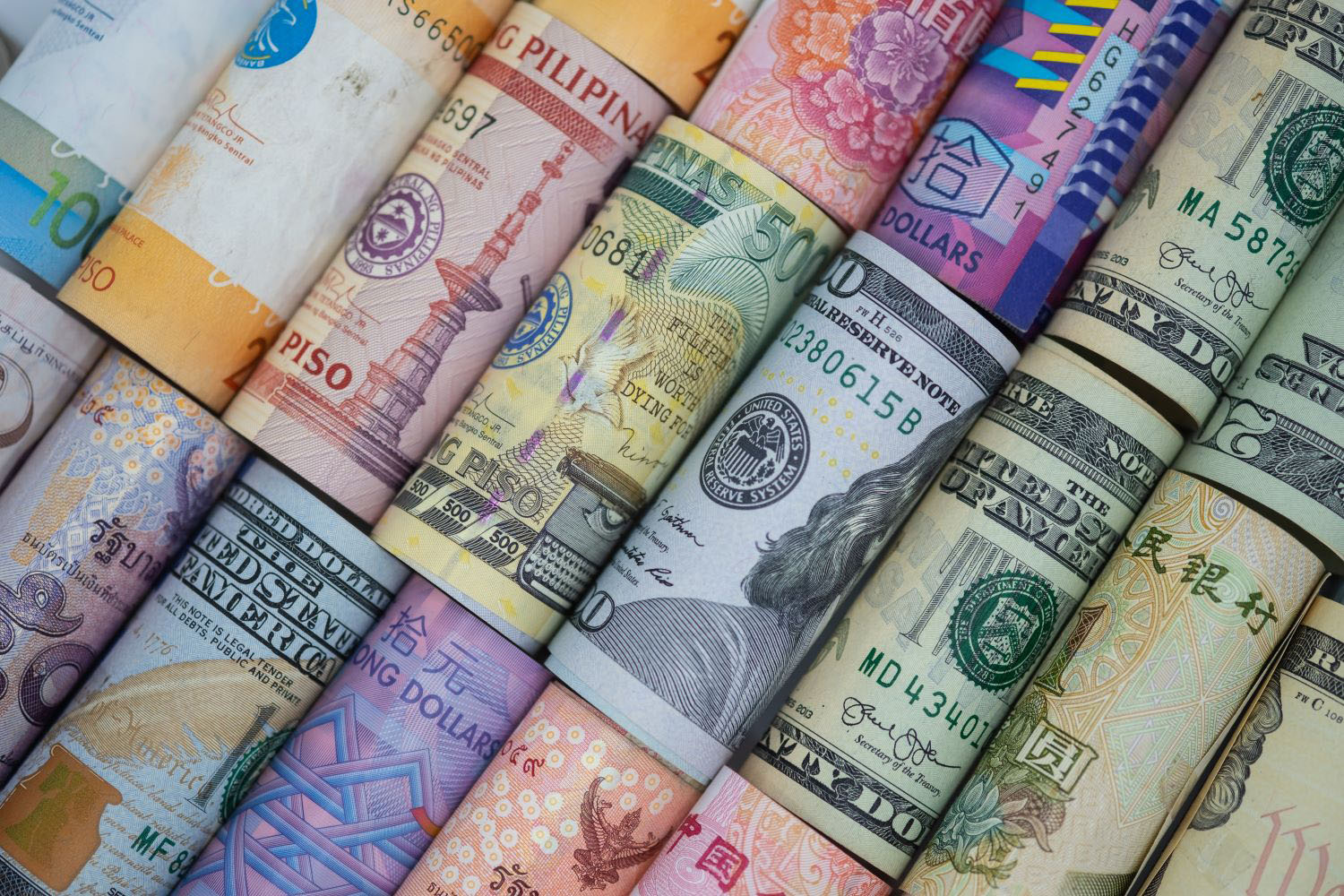An illustrious lineup was on hand today at the U.S. Treasury for the launch of the somewhat awkwardly named Global Agriculture and Food Security Program (GAFSP), a multidonor trust fund that the global leaders promised to create at the G-20 Summit in Pittsburgh last September. The new fund’s goal: to help countries reduce poverty and hunger by increasing investments in agriculture, particularly amongst smallholder farmers. Speakers included U.S. Treasury Secretary Timothy Geithner, Microsoft founder and philanthropist Bill Gates, World Bank President Robert Zoellick, Spanish Finance Minister Elena Salgado, Haitian Finance Ronald Baudin, and representatives from other countries including South Korea which is hosting the G-20 this year."A global economy where more than one billion people suffer from hunger is not a sustainable one," said Geithner, according to a Reuters report. "At a time of limited resources and large global challenges, this fund will leverage support from around the world to achieve lasting progress against hunger and bolster agricultural productivity and growth." The fund is expected to collect some $880 million over the next two years, including $475 million from the United States.More money for combating hunger is of course a good idea, and investments in agriculture are a crucial part of the picture. To make the most of the new money—and greatly decrease the number of poor people who needlessly suffer from hunger and malnutrition—the United States and other donors to the new fund should encourage the World Food Program (WFP) to modernize its outdated approach to procurement and risk management. The WFP annually feeds almost 100 million people around the world but buys this food—I am not making this up—almost entirely on spot markets where prices predictably spike in times of shortage.In a new paper co-authored with Benjamin Leo and Owen McCarthy, I argue that the WFP must be encouraged to actively manage price risk, for example, through standard futures contracts that are routinely used by other large food buyers—think Kraft and Coca-Cola. Although the WFP provides short term food assistance and might therefore be viewed as outside the purview of GAFSP, there are clear linkages between the two efforts. For example, WFP appropriately emphasizes local and regional procurement to help strengthen agricultural development. Futures contracts and other basic risk management tools can take this a step further, by reducing volatility in these markets.Currently, the WFP has limited flexibility to actively manage price risks and in turn is limited in its ability to send clear price signals to local farmers. This is due to its reactive and unpredictable revenue mobilization model (relying on emergency appeals); lack of multiyear donor contribution commitments; and restricted donor contributions (in-kind transfers or program earmarks). Unrestricted cash contributions typically account for less than 10 percent of the WFP’s total budget. Our paper offers three complementary policy recommendations:
- The WFP and its Board should implement a targeted hedging pilot focused on chronically food-vulnerable countries, using a conservative decision making methodology. There are several risk management instruments available for WFP operations, such as physical call options, forward contracts, and futures contracts. All instruments are utilized widely for risk management purposes. Several commodity exchanges offer sufficient commodity coverage and market depth to prevent market distortion effects. Key benefits include greater financial predictability, the potential for improved delivery times; and increased local and regional trade, building upon the WFP’s Purchase for Progress initiative. Most importantly, contracting to buy food can provide clear and longer-term price signals to local farmers, thereby stimulating agricultural production.
- The United States and other rich countries should commit untied cash donations to increase WFP operational flexibility. Contributions from the United States and other rich countries to the GAFSP could support WFP hedging operations. Specifically, the fund could provide a financial guarantee or modest credit line, which would enable it to enter into commodity derivative contracts up to one year in the future. With appropriate policies in place, the practical financial impact would be very modest.
- The United States should utilize forward purchases for its own in-kind contributions to the WFP, increasing certainty for the WFP and for American farmers. Currently, U.S. in-kind contributions are appropriated based on monetary values instead of metric tonnage. This shifts commodity price risks to the WFP and food beneficiaries. The United States could procure part of its in-kind contributions to the WFP through forward purchases. As this would provide increased price certainty for American farmers, it may be politically palatable to Congress. Other countries which make in-kind purchases might also consider this approach.
Disclaimer
CGD blog posts reflect the views of the authors, drawing on prior research and experience in their areas of expertise. CGD is a nonpartisan, independent organization and does not take institutional positions.





